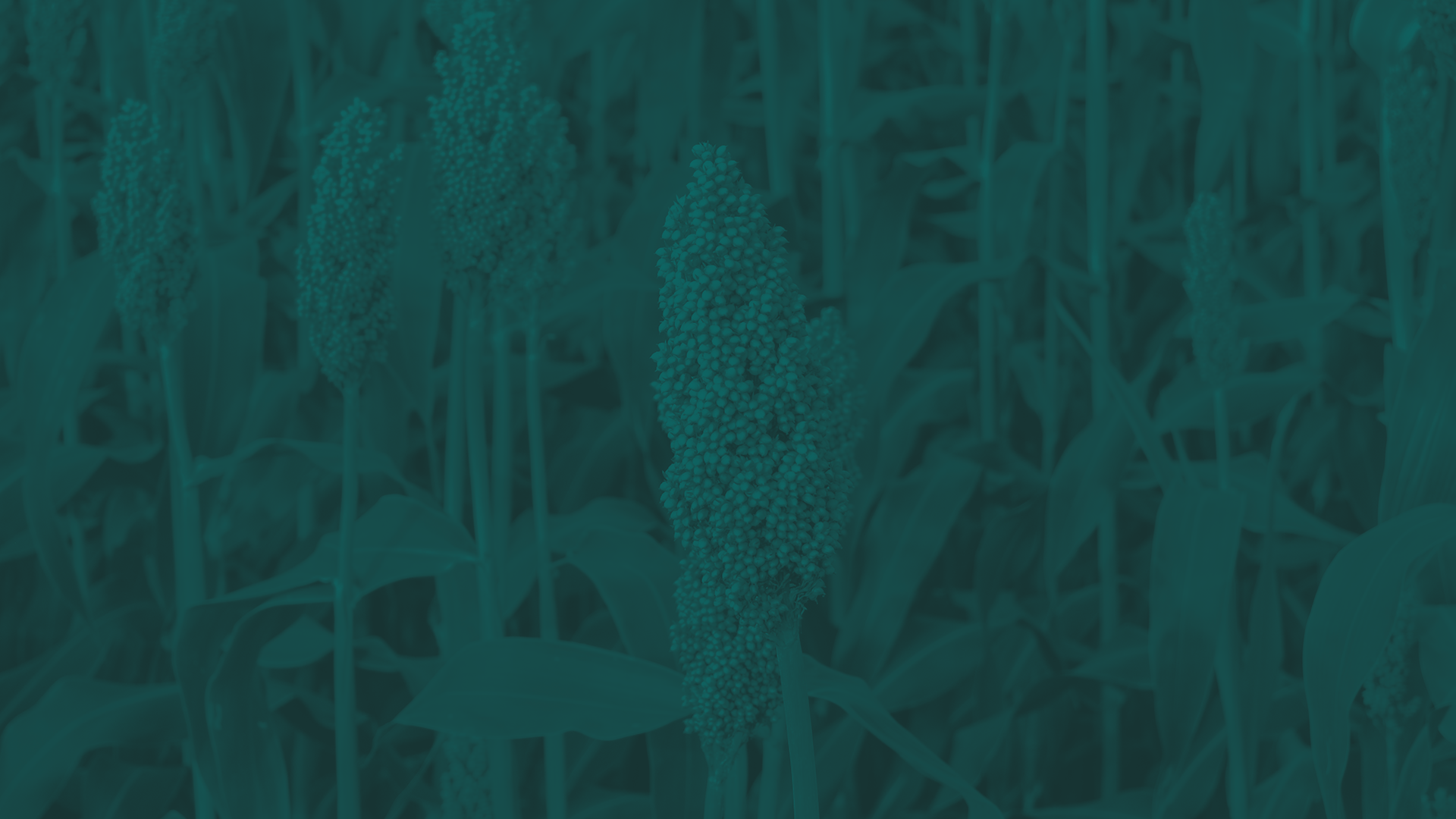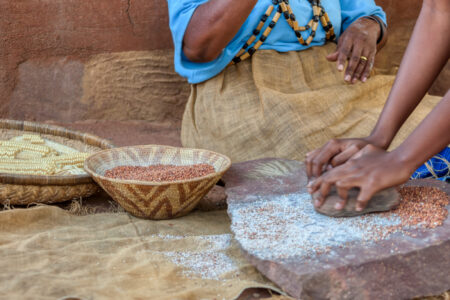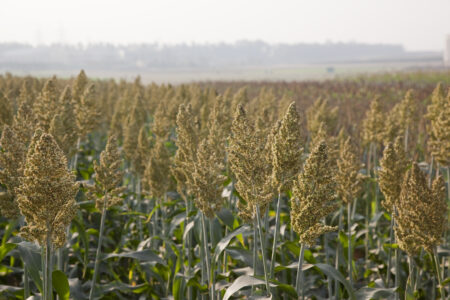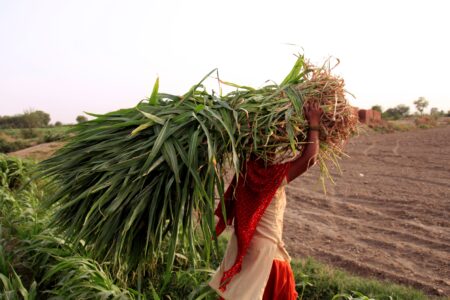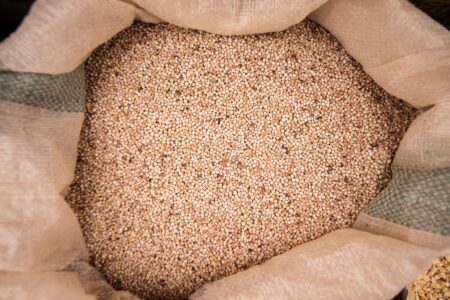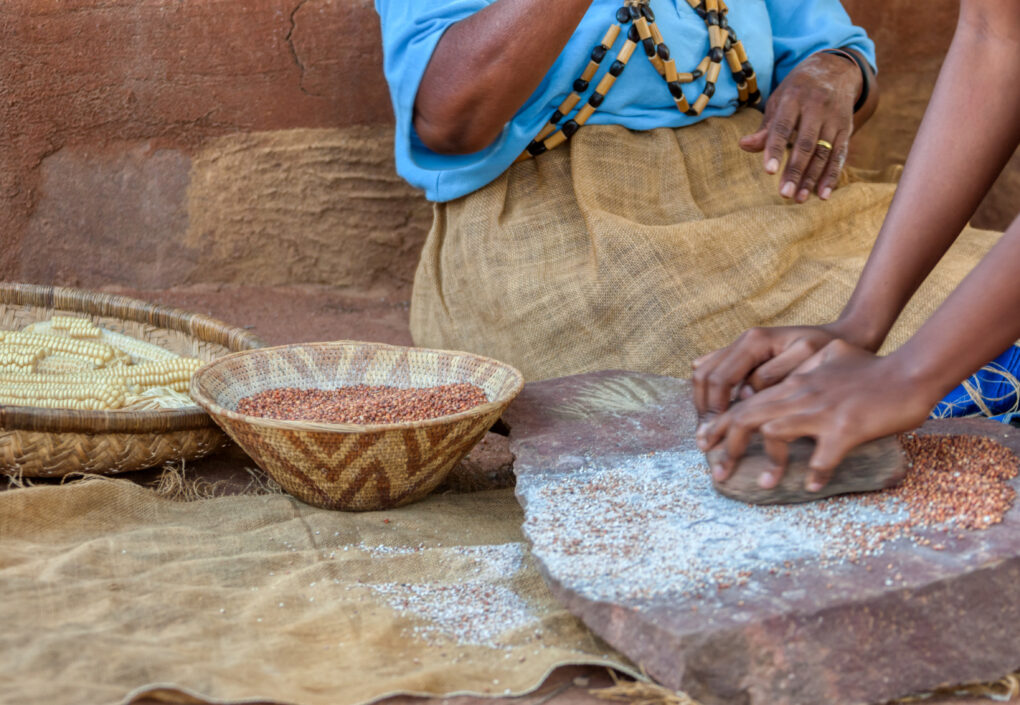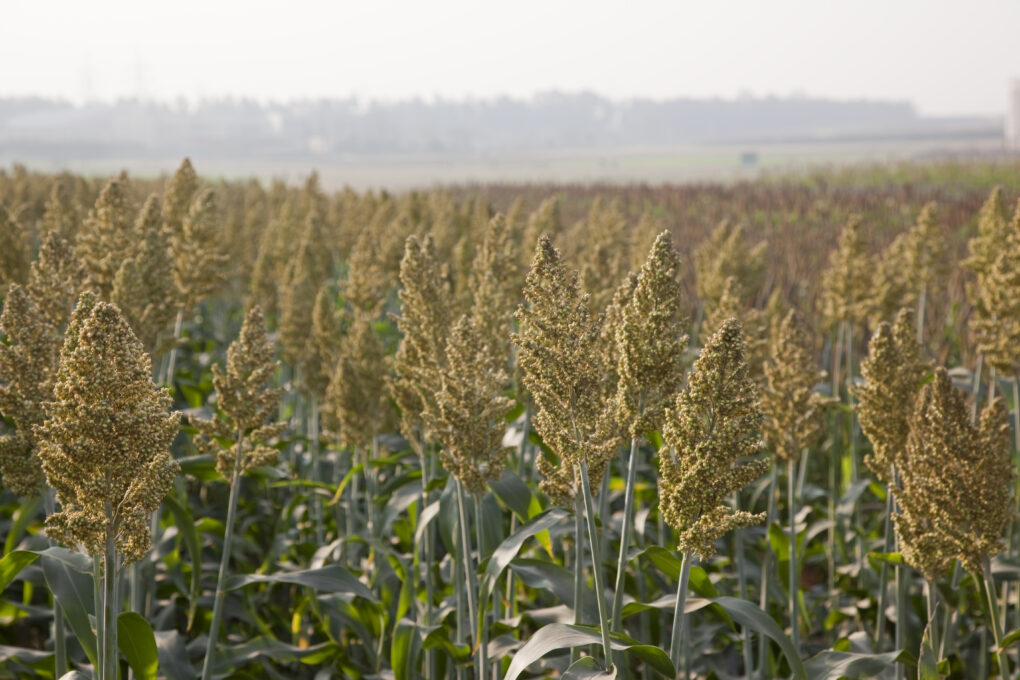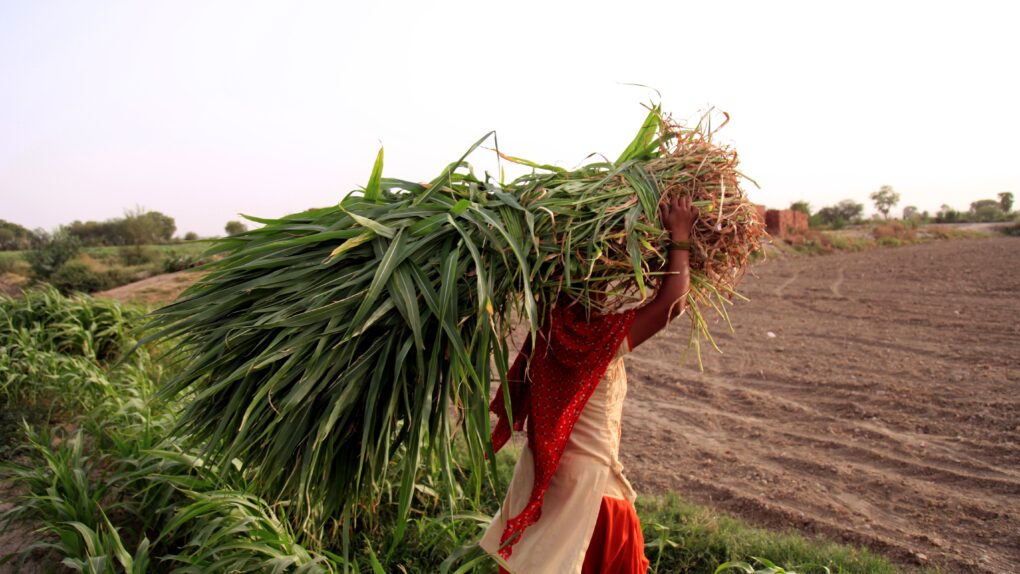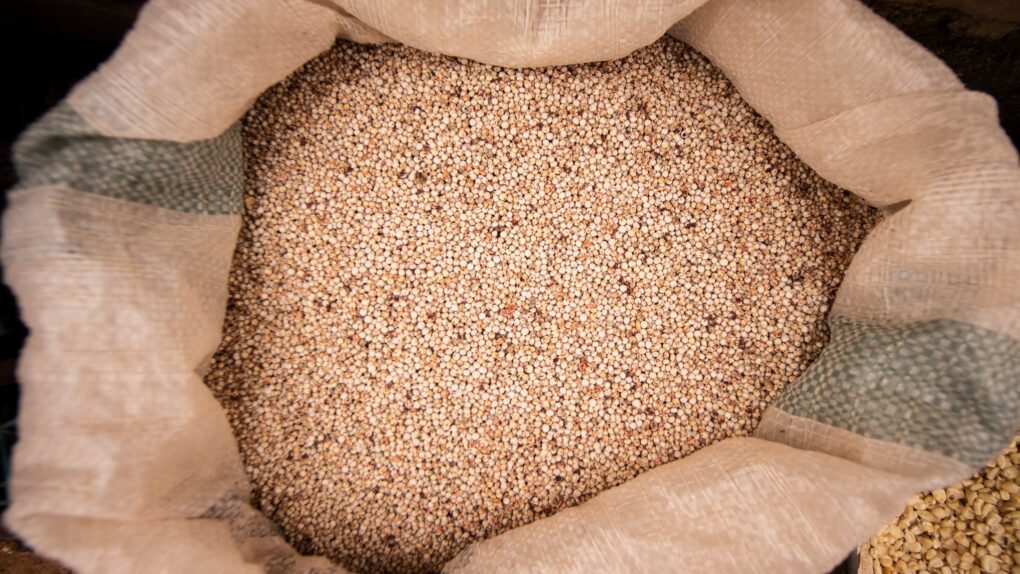Sorghum Fulfills the Tall Order for a Nutrient-Rich and Resilient Crop
Nigeria is one of the world’s leaders in sorghum production, yet yields below their full potential.
Source: FAOSTAT
Across some of Africa and South Asia’s driest regions, there is one crop that stands above the rest: sorghum.
Native to the continent’s savannas, and with evidence of its use dating back millennia, sorghum is one of the most important cereal grains for food consumption in Africa.
The earliest known records of sorghum were found at an archaeological dig in northeastern Africa near the Egyptian-Sudanese border and date back to 7,500 B.C.
Consumed in a variety of forms across Africa and in South Asia — from semi-leavened breads, couscous, porridges for babies, and even traditional African beers — sorghum, or jowar in India, has a wide range of nutritious uses and is a gluten-free grain for those with celiac disease.
Sorghum is the fifth most important cereal worldwide, due in part to its ability to be grown as a second crop during the dry season in Southeast Asia.
Source: The Plant Pathology Journal
With 20% protein and high levels of iron and zinc, the crop has long been a valuable source of nutrition, and is becoming increasingly prized around the world as a health food low in fat and rich in vitamins, micronutrients, and antioxidants.
The cereal’s tolerance of drought conditions, low rainfall, and even the most degraded of soils – together with its low production costs – make sorghum a vital subsistence crop for the smallholder farmers most impacted by climate change.
BARRIERS TO GROWTH
Despite its potential as a climate resilient crop, sorghum production in low-income countries remains stymied by a range of pests and diseases.
The parasitic striga plant, which can attach itself to the roots of sorghum crop, causes severely stunted growth. Striga is estimated to be present on more than 60% of cultivated farmland in sub-Saharan Africa, causing more than US $7 billion in yield losses across crops.

